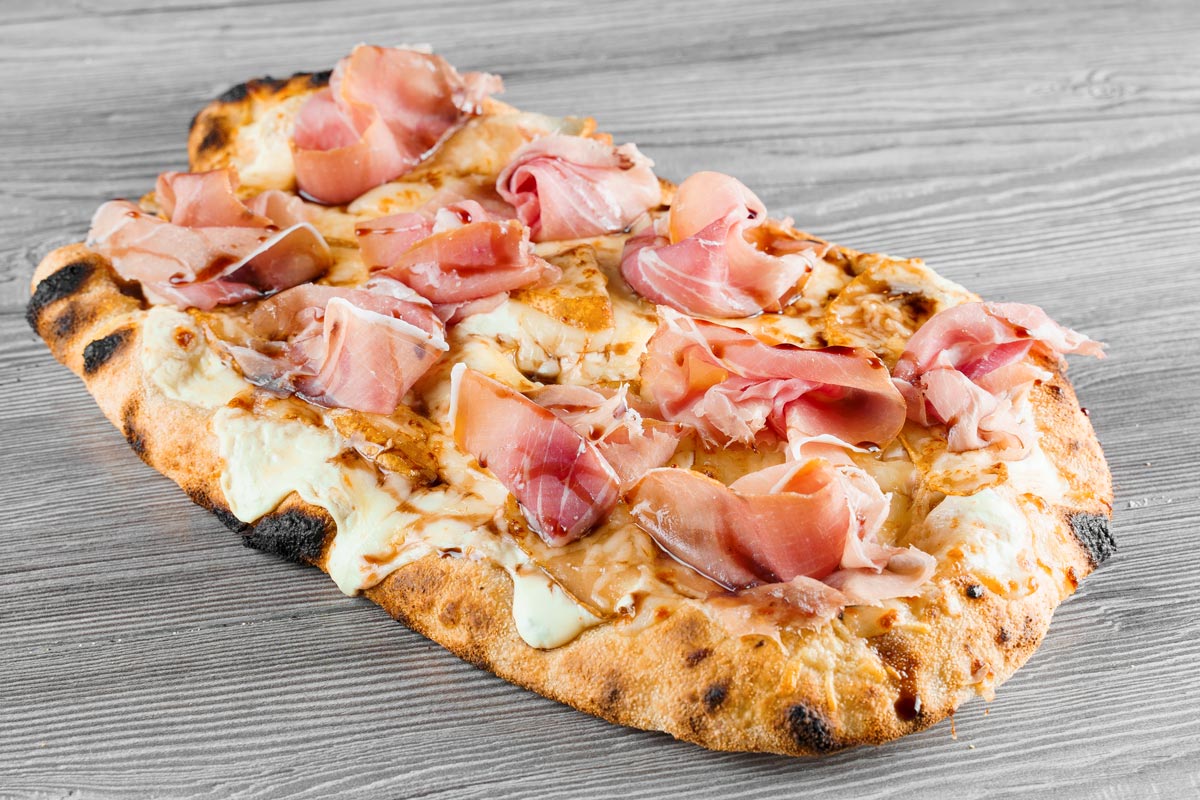
Pinsa romana e pizza, quali sono le differenze? Scopriamolo insieme Oraviaggiando
Dough Hydration. Another difference between pizza and pinsa lies in dough hydration (meaning wetness). Hydration varies widely for standard pizza. Some pizza styles, like the Roman al taglio (square pies cut with scissors), are high hydration, making for a lighter, airier crust. Modern pinsa makers also tend toward high-hydration doughs.
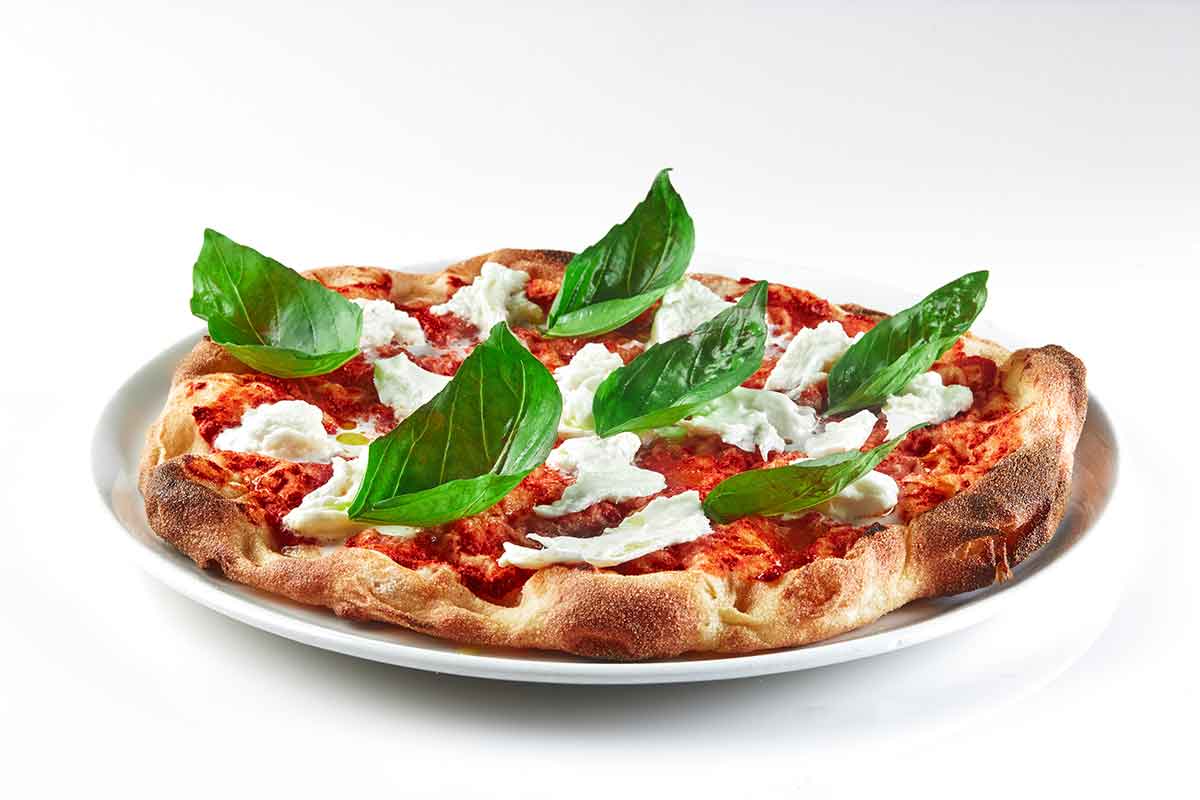
Differenze tra pizza e pinsa Pinsami Professional
Pinsa is made from a mixture of wheat flour, soy flour, rice flour, and spelt flour. While regular pizza dough is usually made from a combination of all-purpose flour, yeast, sugar, and salt. But there is so much more than just the difference in ingredients. Read below to learn more about pinsa, how it is different from pizza, its toppings.

Qual è la differenza tra pizza e pinsa? Fine Dining Lovers
Pinsa Dough has Higher Hydration. Second, the pinsa dough is strictly 80% hydration dough. In contrast, the pizza dough may have varying hydration levels of 60%, 70%, or 80%. 3. Pinsa is Streched Differently. Third, the way pinsa is stretched also contributes to its distinctive identity.

Pinsa und Pizza Das ist der Unterschied FOCUS.de
Take a large skillet and warm it up to medium heat. Add in a pound of chopped mushrooms, two cloves of chopped/crushed garlic, and a drizzle of olive oil to sautee. Pour in 1/2 a cup of white wine to the pan and simmer. After simmering for 5 minutes, add salt, pepper, and parsley to taste and remove from heat.

Differenza Tra Pizza E Pinsa Romana Tutto Quello Che Devi Sapere Mobile Legends
Pinsa dough differs from pizza dough in the following ways: • It has a 72-hour fermentation process; pizza's fermentation process is usually 48 hours or less. • No sugar is added to pinsa dough. • It is stretched to an oval shape rather than round or square. • Rice, soy, and spelt flour are added to wheat flour for pinsa.

PIZZA AND PINSA SO SIMILAR, YET SO DIFFERENT Italian feelingsItalian feelings
8) Nutritional value. Due to its dough being made out of whole wheat flour, Pinsa is slightly healthier than pizza. Pizza also tends to be higher in calories due to the addition of cheese and other toppings. A slice of pizza has about 200-300 calories while a slice of Pinsa has about 100-200 calories.
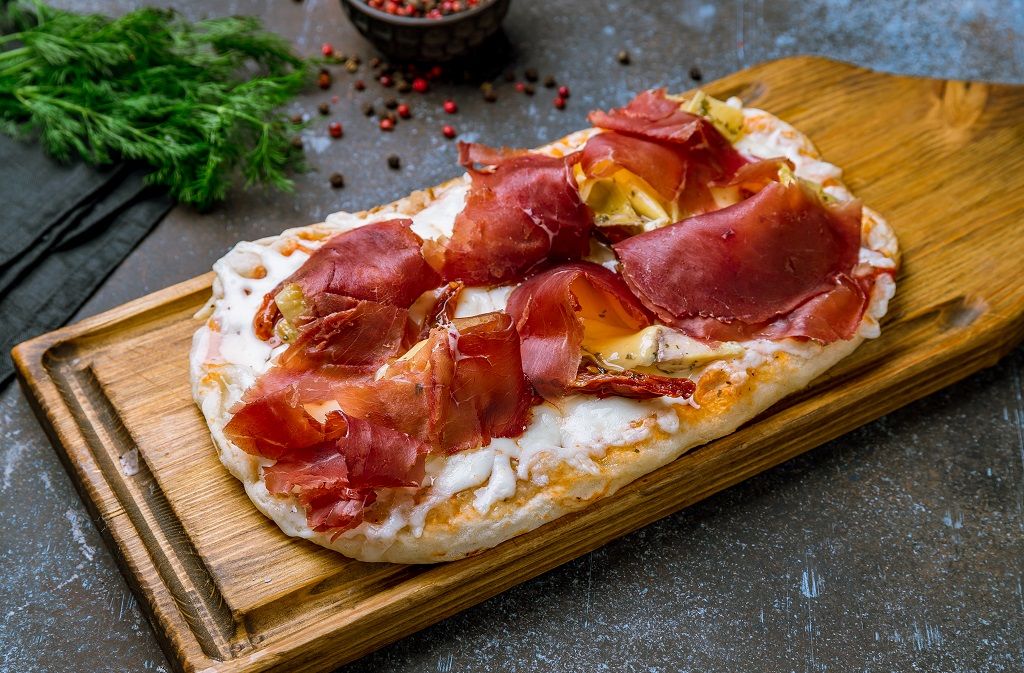
Was ist der Unterschied zwischen Pinsa und Pizza?
Having said this, let's take a look at their dough composition. While pinsa is made from several combinations of rice, soy, spelt, and wheat flour, pizza is baked using water, salt, yeast, and wheat flour. Most of the time, salt and olive oil are added to the pinsa's dough, which is left to sit for about twenty-four hours.
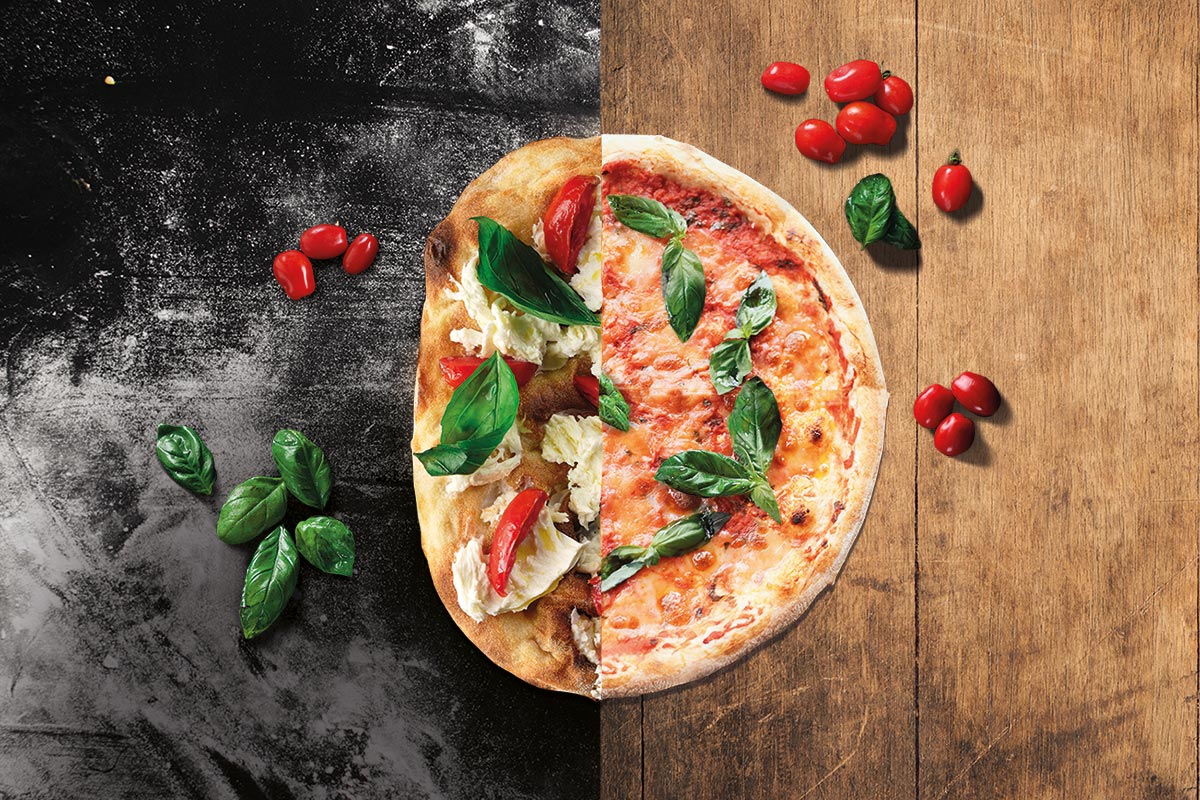
Differenze tra Pizza e Pinsa, quali sono? Scopriamolo Pinsami
Ebenfalls unterschiedlich: der Einsatz von Mehl in der Teigrezeptur. Für Pizza kommt in den allermeisten Fällen Weizenmehl zum Einsatz, wohingegen bei der Pinsa verschiedene Mehlsorten miteinander kombiniert werden. Für die La Mia Pinsa verwenden wir bei Dr. Oetker Weizen-, Reis- und Dinkelmehl.
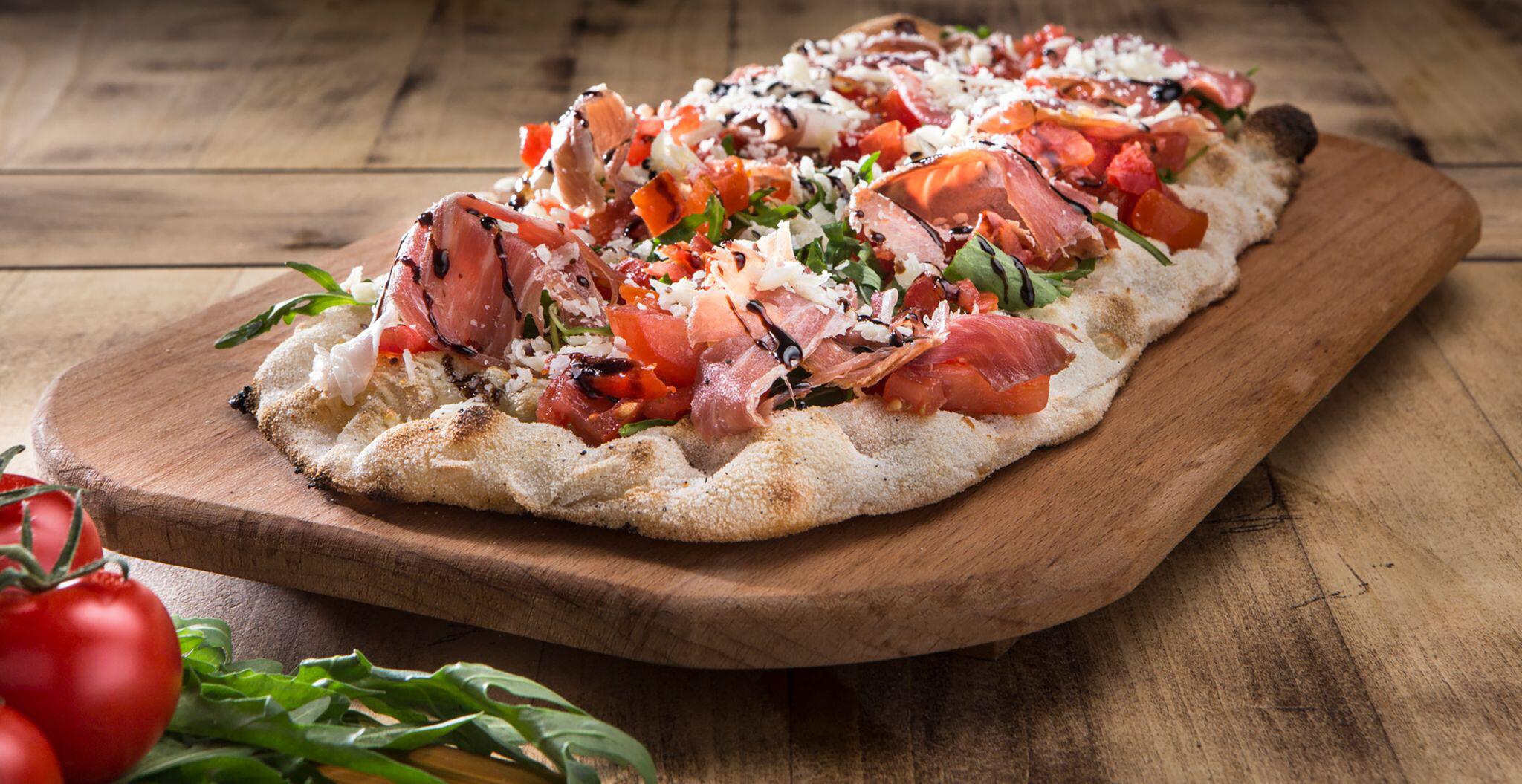
So geht fluffig Wie die Pinsa der Pizza Konkurrenz macht 1&1
This style of pizza is made with rice, soy, and wheat flours versus 00 flour, which is typically used to make pizza and pasta. This swap can make it easier to digest for many people. It also takes.

Pizza vs. Pinsa, What's The Difference? — VENGA CUCINA
On the other hand, pinsa dough is a unique blend of wheat, rice, and soy flour, which gives it a distinct taste and lightness. The dough for pinsa is prepared using a longer fermentation process compared to pizza dough. This extended fermentation allows the pinsa dough to develop a higher level of hydration, resulting in a lighter and airier crust.

1. What's Pinsa & Differences with Pizza YouTube
Der größte Unterschied zwischen Pinsa und Pizza liegt aber darin, dass der Pinsa-Teig sehr lang geht: Bis zu 120 Stunden ruht der Teig im Kühlschrank, mindestens aber 24 Stunden.

Pinsa vs Pizza Difference Explained in Detail
La Pinsa, or Roman white pizza has ancient origins too: it was born in ancient Rome, in fact it seems that there was a focaccia made with a mix of wheat flour, barley, millet, spelt, in short - the harvest of the countryside at that time. Let's say it was the peasant pizza, made with the grains they had available.
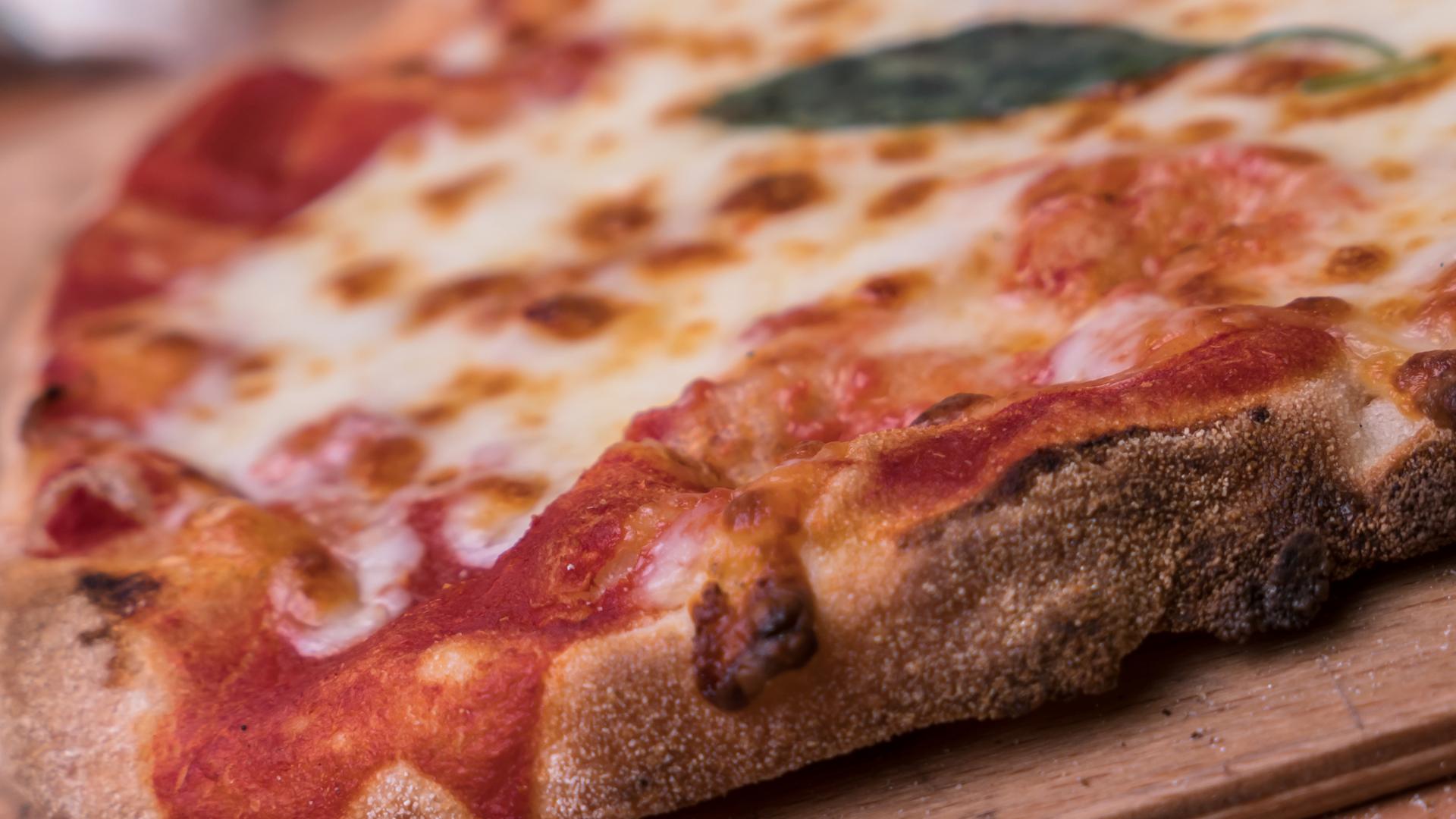
Die Ratgeber Pinsa statt Pizza Wo liegt der Unterschied? ARD Mediathek
In summary, while pinsa and pizza share similarities in their basic composition and purpose as bread-based dishes, they differ significantly in terms of ingredients, history, flavor profiles, textures, and uses. Pinsa's multi-grain composition and unique combination of flours result in a distinctly earthy and grainy flavor, while pizza dough.

Pinsa Unterschied zur Pizza ,der Pinsateig muss mindestens 24 Stunden gekühlt ruhen Rezept mit
Découvrez notre menu varié et savoureux chez Pizza Pizza. Explorez une sélection alléchante de pizzas et bien plus encore. Explorez notre sélection diversifiée et embarquez dès aujourd'hui pour une expérience délicieuse!
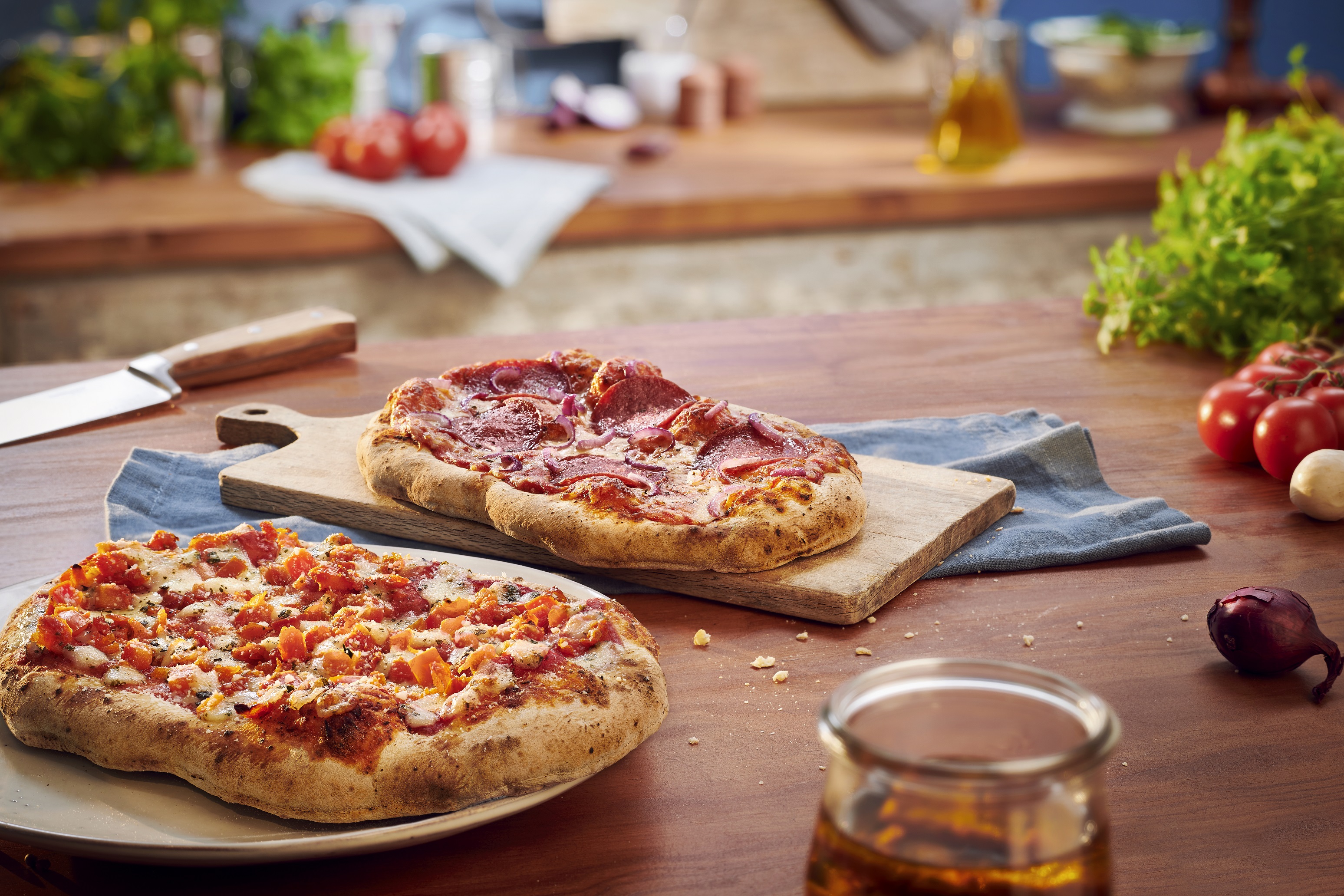
Pizza oder Pinsa Was ist der Unterschied? Dr. Oetker Stories
Pizza isn't exactly healthy, even if you blot it with a napkin to remove the excess oils. While pinsa isn't the most nutritional meal you could select, it's quite a deal healthier than pizza, and for a myriad of reasons. First, there's the increased water content. The more water in the recipe, the less junk, such as carbs.

Pinsa Vs Pizza Point out All the differences Brooklyn Craft Pizza
Abgesehen von der abgewandelten Optik - die Pinsa ist oval - liegt der wesentliche Unterschied zwischen einer klassischen neapolitanischen Pizza und einer Pinsa in der Zubereitung des Teigs. Dieser besteht bei Letzterer nämlich neben Wasser, Öl und Salz aus einem Mix aus Weizen-, Reis- und wahlweise Soja- oder Dinkelmehl.